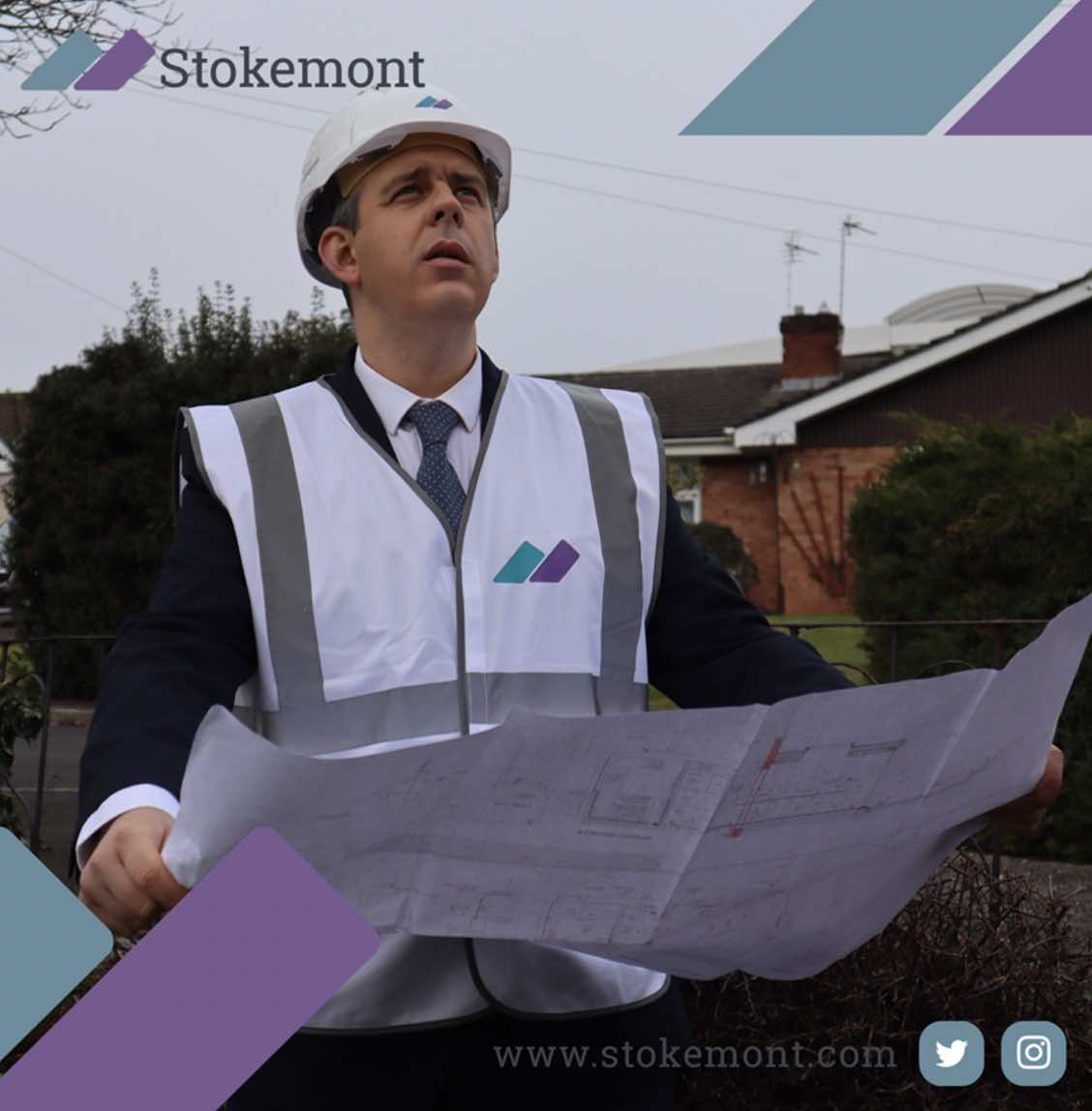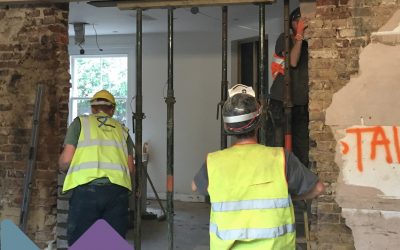In today’s Property Surveying blogpost, we are going to be taking a look at Licence for Alterations procedures.
If you own a leasehold property, that is governed by a lease, with a freeholder in place, then in order to undertake any form of alterations to your property, you will need to seek the consent of your freeholder.
Licence for Alterations procedures cover a variety of different types of work ranging from:
- Changing windows
- Removing walls
- Structural changes
- Non-structural changes
- Changing floor coverings
- Installing new bathrooms
- Installing new kitchens
- Undertaking electrical works
- Removing floors
- Removing ceilings
Under the terms of the lease, should you wish to proceed with these types of works, it is not as simple as going through Listed Building Consent, or Planning Consent, instead you have got to seek permission of your freeholder.
In determining whether you will be granted the freeholder’s consent, they are likely to look at the alterations covenant and clause that is set out within the lease itself.
There are three different types of leasehold covenants that are prevalent throughout all leases across England and Wales.
Fully Qualified Covenant
A fully-qualified covenant is the most favourable alterations covenant that a leaseholder can find within their lease.
It will effectively have wording along the lines of works can be undertaken without subject to consent of the landlord, with that consent not being unreasonably withheld.
What this effectively means is that so long as you go through the necessary Licence for Alterations procedures, and provide your freeholder with the necessary information, they are unlikely to refuse your consent, and in fact are legally stopped from doing so.
If you were to picture a traffic light, this would be a green light.
Qualified Covenant
A qualified covenant is much the same as a fully-qualified covenant, albeit the only different is that your freeholder does not need to provide consent.
The wording within the lease will likely be along the lines of prior to undertaking any alterations to the property, you will need to seek the permission and consent from the landlord.
Unlike a fully-qualified covenant, it will not go on to set out that the permission cannot be unreasonably withheld.
In practice, this means that the freeholder can actually refuse consent, or grant it subject to some form of provision such as a licence premium, consent to charge, or other form of agreement.
If you were to picture a traffic light, this would be an amber or orange light.
Absolute Covenant
An absolute covenant, unlike the other two we have discussed, is fully restrictive.
It effectively means that you are going to be unable to progress the works unless the freeholder specifically gives you consent to do so.
Do bear in mind, that in order for the freeholder to give you this consent, they are going to have to waive the lease’s wording, and effectively depart from the document itself.
This is incredibly unlikely, as recent case law, in particular Duval v Randolph has significantly changed the way landlords now approach this type of scenario.
If you consider a traffic light, this would be a red light.
If indeed, you are unlucky enough to have an absolute covenant within your lease, we would advise that you take legal advice from a leasehold specialist solicitor before progressing any further with the Licence for Alteration procedures.
Furthermore, we would advise that you do not incur any costs in Planning Applications, architect’s fees, Building Control Applications, structural design, etc, as there is no guarantee that you are going to be able to actually progress with the works.
Now, that we have looked at the types of works that fall within the scope of the Licence for Alterations procedures, along with the different types of alterations covenants, hopefully it is now clear, that in order to find out whether you can get the freeholder’s permission to undertake the works, will very much be defined or determined by the types of construction works and alteration works that are taking place to the property.
Do not be put off by the legal nature of the procedures, as in almost all cases Licence for Alterations procedures are straightforward, with the procedures being easily administered through an experienced surveyor.
Here at Stokemont, we undertake hundreds of Licence for Alterations matters every year, whether this is for the works of a minimal or minor nature, or for those works that are more complicated, we have seen it all.
If you would like to discuss your Licence for Alterations procedures with our team of experienced and qualified surveyors here at Stokemont, give us a call today, and we would be more than happy to assist and advise you.
Did you know that we also offer 30 minutes free no obligation advice, and can actually look at and review your lease, to give you a little bit of insight, and confirm the type of alterations clause that it has within it?
If you would like to take us up on this offer, all you need to do is pop over your lease, and one of our surveyors will review this and come back to you with a little bit more information.




